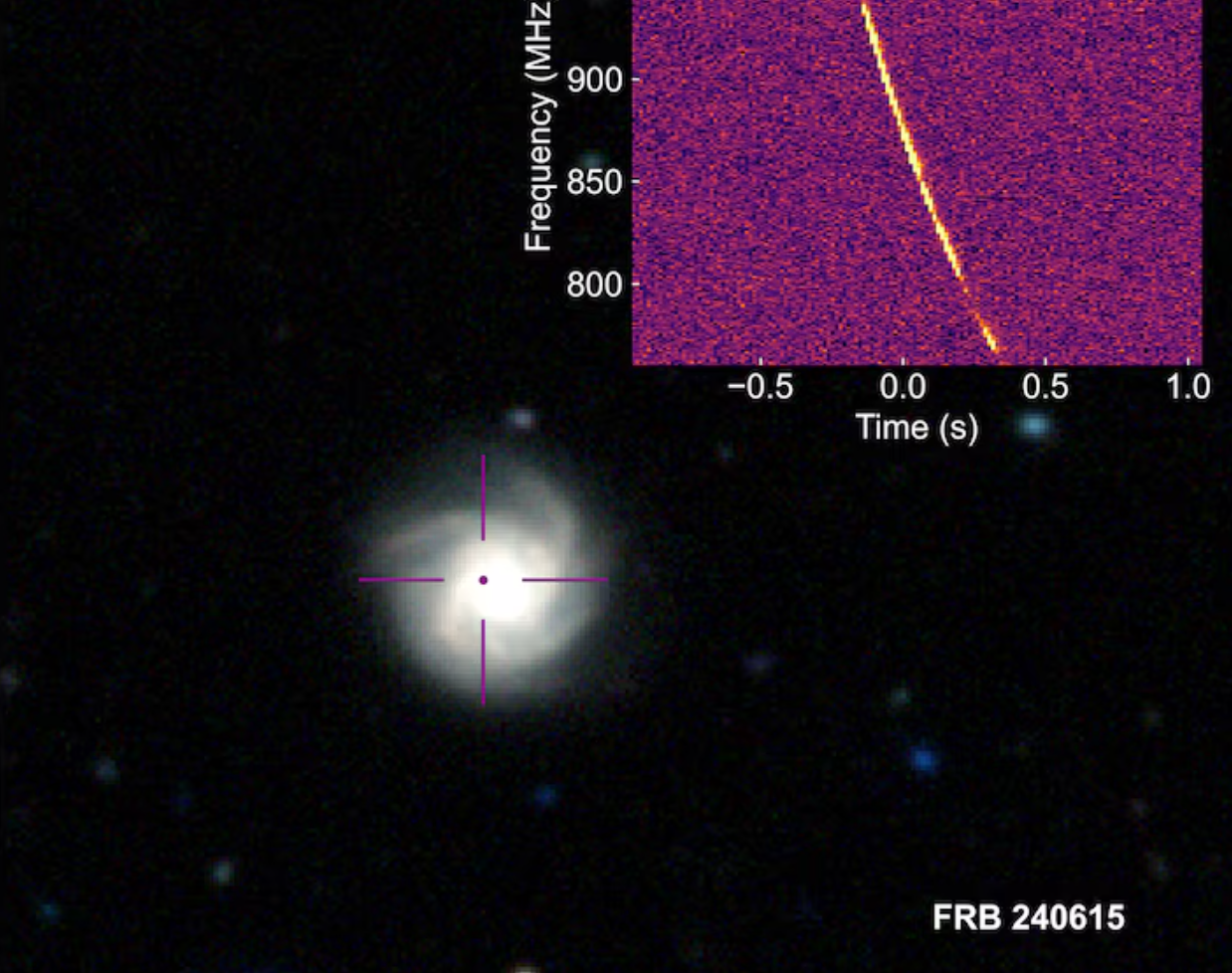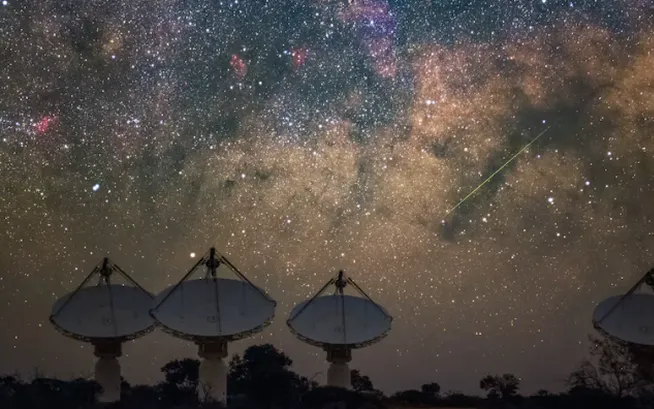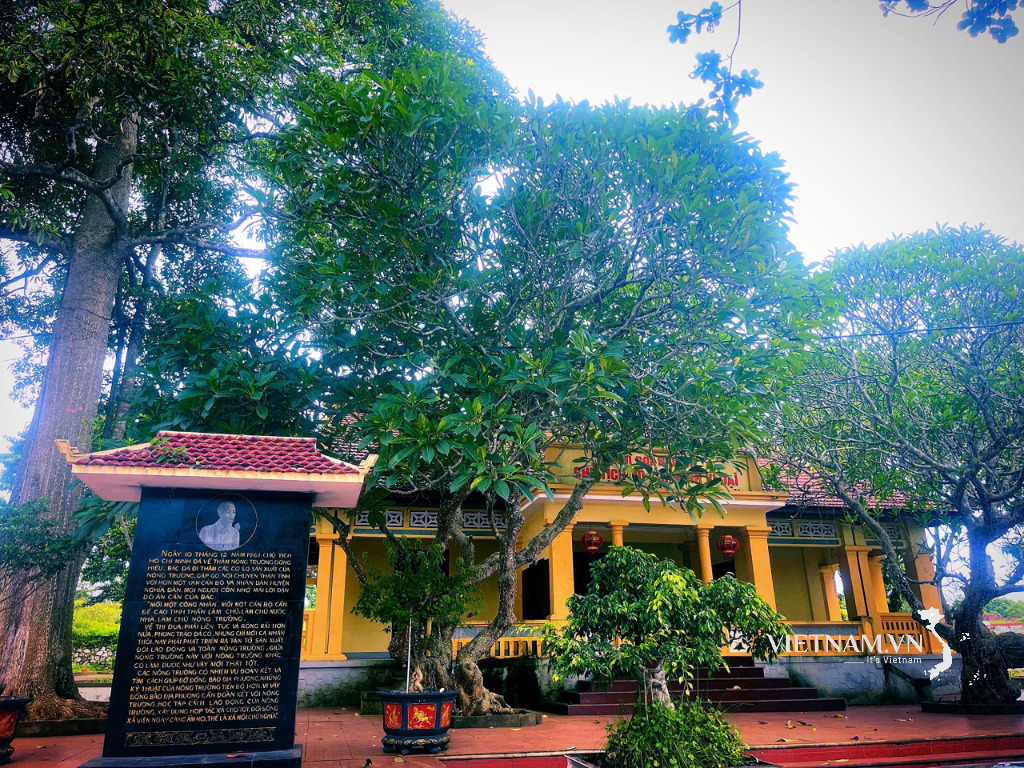A group of Australian astronomers has successfully developed a special method to analyze radio signals from space.
In the latest test, the Australian team detected two fast radio signals and two irregularly emitting neutron stars. In addition, the team pinpointed the locations of four pulsars - rotating stellar remnants that periodically emit beams of energy. In particular, they detected more than 20 other fast radio bursts.
Scientists believe fast radio bursts can travel billions of light years, carrying information about how matter is distributed in space. This could help map cosmic structures that are otherwise invisible.

An example of a galaxy hosting a fast radio burst identified by the CRACO system. (Image: CRAFT Collaboration)
The project, led by Dr Andy Wang from the International Centre for Radio Astronomy (ICRAR) at Curtin University, focused on extremely short bursts of intense energy called fast radio bursts. These can release as much energy in a single moment as the Sun does in a day.
The team developed the CRACO system, which uses powerful computers and processors to analyse trillions of pixels of information from the ASKAP radio telescope at the Commonwealth Scientific and Industrial Research Organisation (CSIRO) in Western Australia.

CSIRO's ASKAP radio telescope consists of 36 dishes spanning 6km in Western Australia (Photo: CSIRO)
“CRACO helps us find these flares better than ever before,” said Dr Wang. “We can scan 100 times per second, and in the future we could increase that to 1,000 times per second.” CSIRO astronomy engineer Dr Keith Bannister compared the task to “finding a nickel in the sand of a beach every minute.”
According to the team, CRACO will soon be available as part of the Australian National Telescope Facility, allowing scientists around the world to search for fast radio bursts and other unusual signals. Scientists hope the technology will help them uncover new mysteries about the formation of stars, neutron stars, or even the behavior of black holes.
Source: https://giadinh.suckhoedoisong.vn/lan-dau-tien-phat-hien-hon-20-tin-hieu-vo-tuyen-bi-an-tu-vu-tru-172250212113740489.htm





























![[Photo] National Assembly Chairman attends the seminar "Building and operating an international financial center and recommendations for Vietnam"](https://vphoto.vietnam.vn/thumb/1200x675/vietnam/resource/IMAGE/2025/7/28/76393436936e457db31ec84433289f72)







































































Comment (0)